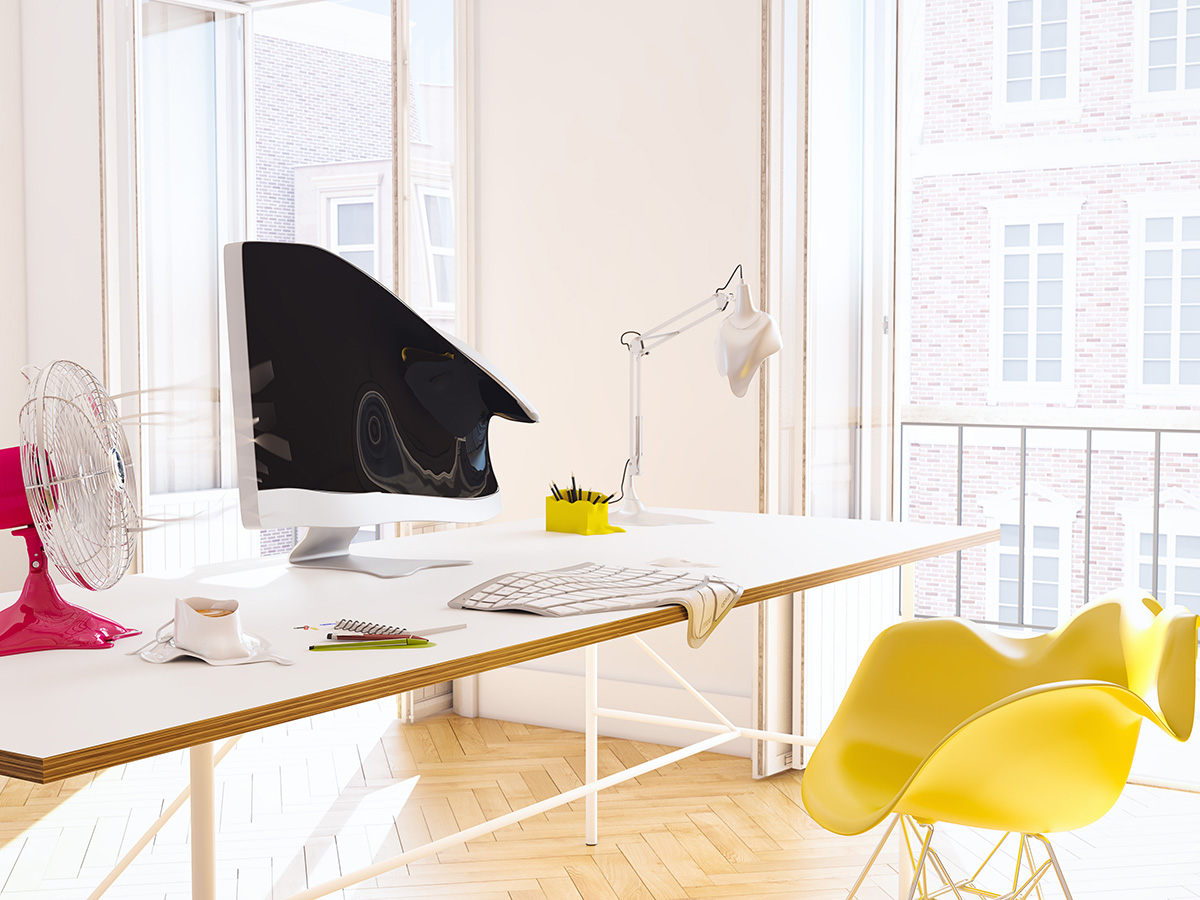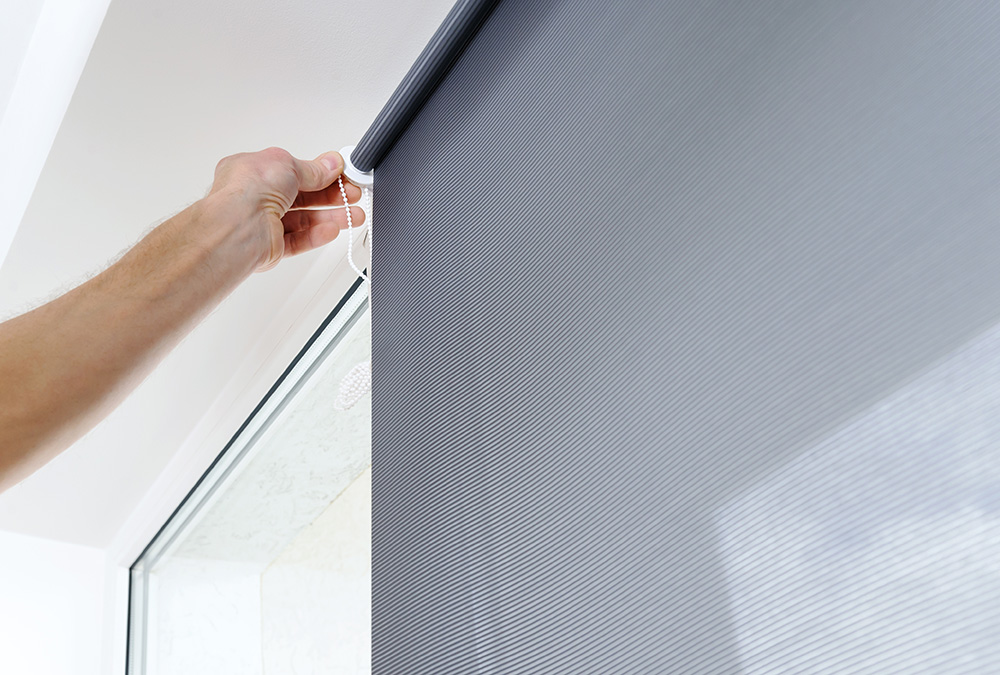Keeping Your House Cool in Queensland

December is just around the corner and Summer is fast approaching leading to Christmas. Are you ready for the heat? One of the many features attracting overseas and interstate visitors and migrants to Queensland is our beautiful climate and warmth.
In some parts of Queensland, ‘warmth’ would be an understatement. According to a Courier Mail article on Queensland weather in February 2017, record-breaking heatwaves hit parts of Queensland with temperature even higher than the Sahara Desert. Queensland reached 47.2 degrees Celsius in February 2017, making it the hottest February in Queensland’s history.

According to WebMD, heat-related illnesses such as heat exhaustion, heat cramps, and heat stroke (aka sun stroke) result from prolonged or intense exposures to high temperatures. Our body is pretty smart and it automatically directs blood to the skin to cool down the body when we get too hot. However, this directs blood away from the brain, muscles and other organs which reduces our physical strength and mental capacity in mild circumstances. In extreme cases, heat-related illnesses can cause mortal danger.
Avoiding heat-related illnesses is a matter of preparation and following some common sense to look after your body in the heat. However, heat waves can often come unexpectedly. There were numerous reports of people suffering from heat waves earlier in the year because it came so quickly and without warning.
If you work in an air-conditioned or well ventilated space and not directly exposed to the sun, then temperatures exceeding the Sahara Desert’s wouldn’t be a concern for you. However, if you work outdoors without adequate hydration and rest, or you mostly stay inside a house with poor air circulation and/or insulation – you have a much higher chance of suffering from high-related illnesses. Age also increases the risk of suffering from the heat, in particular, infants, children and elderly. Not to mention, our beloved pets especially the ones with thicker coats of furs.
Whilst you may be shielded from the heat e.g. working in an air-con office; be mindful of your family e.g. elderly parents, homemaker partners, kids and pets who are mostly based at home. Be sure to check in on them to make sure they protect themselves from the heat especially if the house are not well insulated.
If you have air conditioner at home, the easiest way to cool down your house is to turn it on and shut all the doors and windows. However, this option comes with a hefty electricity bill at the end of Summer. The are more cost effective and environmentally friendly cooling options fall into one of the following categories:
In terms of picking the right option for you, we usually look at it from a maintenance perspective. Ideally, the best outcome starts with correctly orientating and designing the layout of the house (including materials and colour). Second option that requires the least maintenance would be installing appropriate internal and external insulation. In many cases, a house would already be cool enough with just these two cooling methods. Next in line would be installing mechanical ventilation, follow by outdoor landscaping, planting and water features.
Unless you are building a new house, it’d be impossible to re-position an existing one to align with natural wind flows. Adding new windows to channel the wind through the house is an alternative but it can be costly and inconvenient.
For clients with established houses, we usually recommend installing insulation and awnings because it’s a good balance between cost, effectiveness in shielding heat and maintenance required.

Alpha awnings are designed in Australia and all installed exterior to the building. There are 5 awning styles available allowing you to personalise external shading best suited to your needs. The installation and operation of Alpha awnings are quick and easy. You also have the option to manually adjust the awnings or select the motorised option for even more convenience. Alpha awnings currently offer 4 external fabric choices: mesh, canvas, clear PVC and acrylic; the materials can affect the air flow and privacy & view through properties of your awning.
Many of our clients find it easiest to speak to our consultants in person where you can ask as many questions as you need to make sure you get the best suited awning for your house.
| M | T | W | T | F | S | S |
|---|---|---|---|---|---|---|
| 1 | 2 | 3 | 4 | 5 | 6 | 7 |
| 8 | 9 | 10 | 11 | 12 | 13 | 14 |
| 15 | 16 | 17 | 18 | 19 | 20 | 21 |
| 22 | 23 | 24 | 25 | 26 | 27 | 28 |
| 29 | 30 | |||||
No comments.